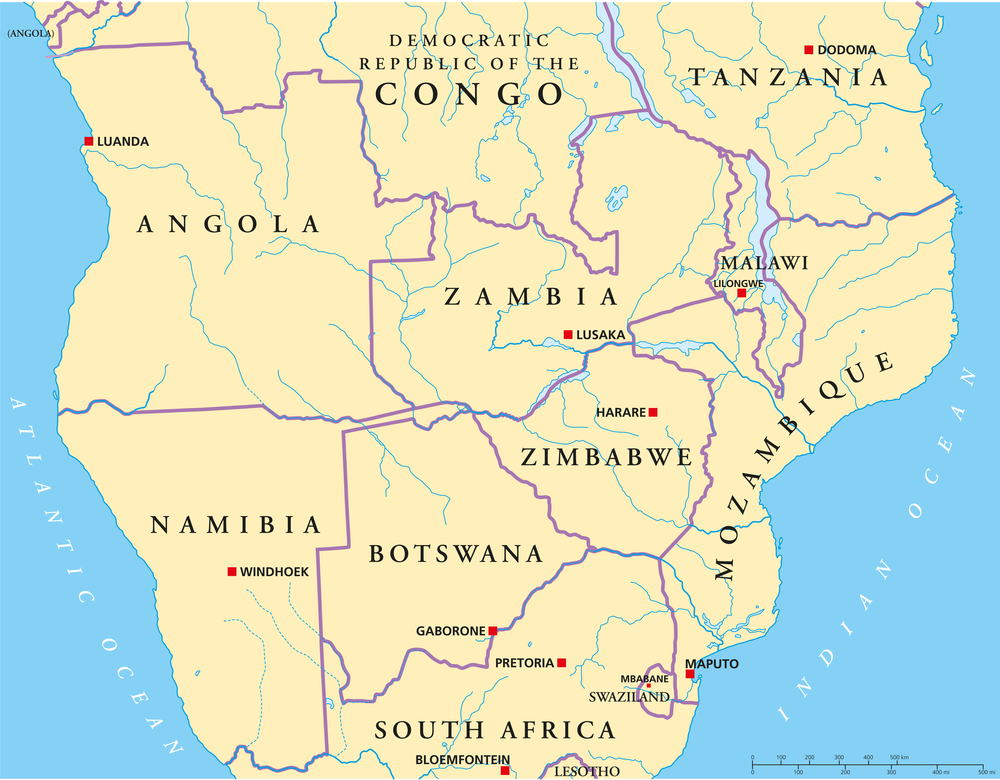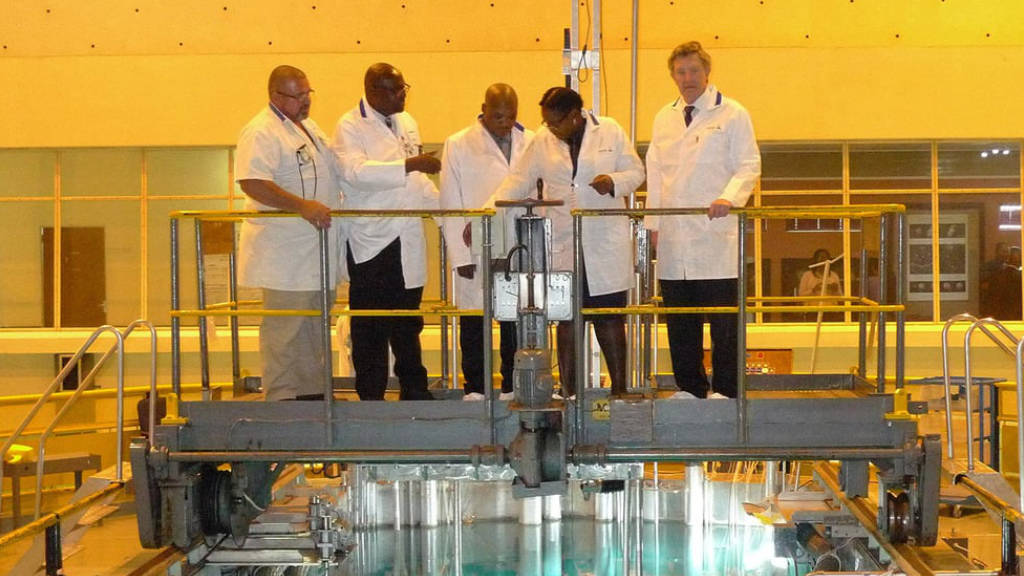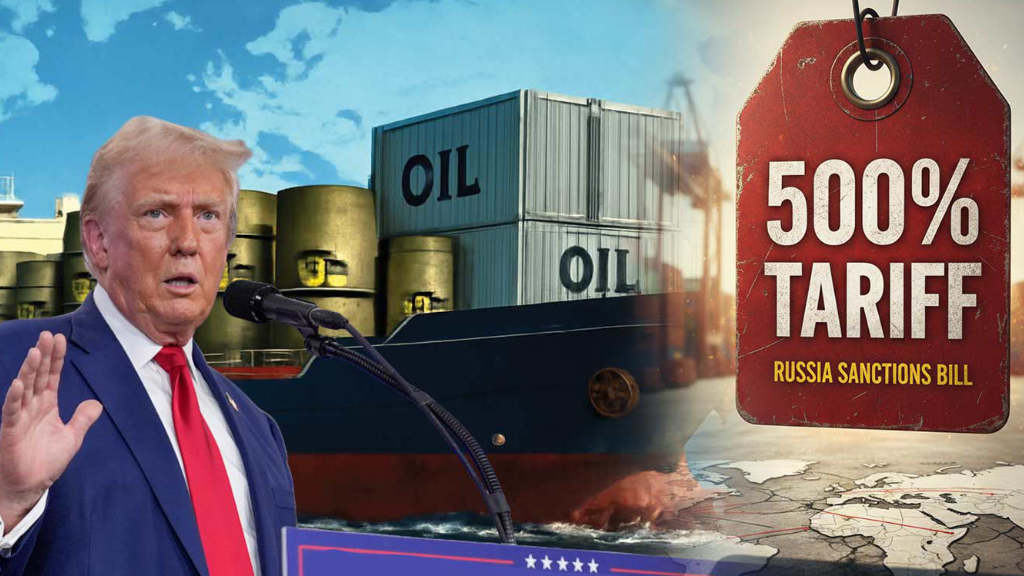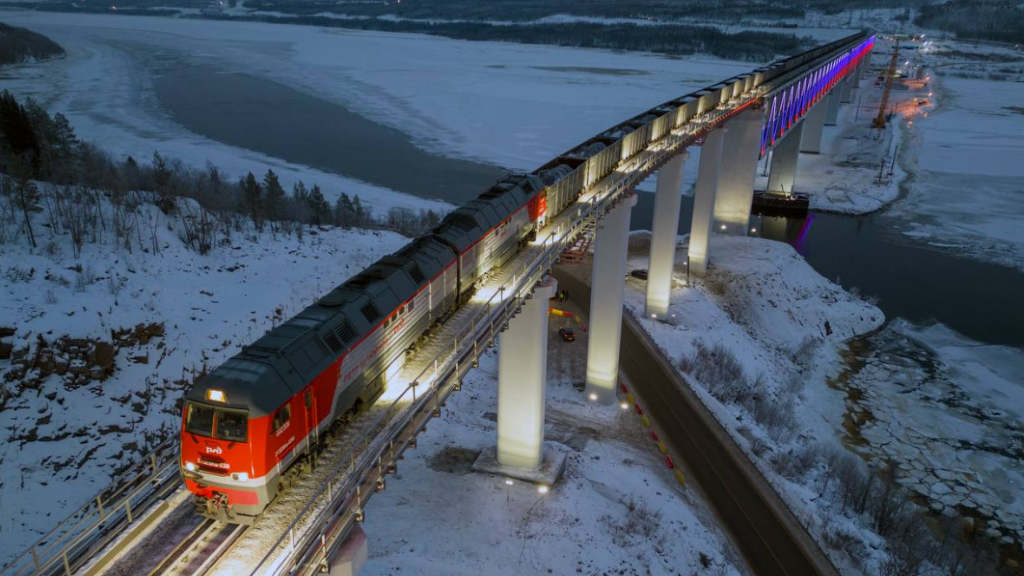Zimbabwe’s minister of primary and secondary education, Torerayi Moyo, has stated his thanks to Russia for assistance in training specialists in the Zimbabwean nuclear power and space industries.
Moyo stated that Zimbabwe aims to build a nuclear power plant and develop its nuclear energy sector as part of the country’s broader industrialization goals. He said that “We intend to build a nuclear power plant in our country and develop nuclear energy as a whole, as it is essential for achieving industrialization.” He also highlighted the importance of the specialists in the space industry currently being trained in Russia, noting that Zimbabwe plans to launch more satellites, with Russian assistance, to explore its rich mineral resources.
He said that the Russian government had also offered scholarships to Zimbabwean students, enabling them to study at Russian universities. In addition to technological cooperation, Moyo emphasized the importance of promoting Russian language education in Zimbabwe. For Zimbabwe, “it is very important to promote the teaching of the Russian language in the country, as this will help enhance bilateral cooperation, cultural ties, and overall friendship,” he noted.

The minister also held discussions with a delegation of professors from the Russian Perm State Humanitarian-Pedagogical University who are currently in Zimbabwe. Last Wednesday (August 28), the Perm professors inaugurated the launch of the Centre for Open Education in Russian in Windhoek, marking the first such centre in Africa.
Meanwhile, on August 19, speaking at the opening ceremony of a square named in honor of the Southern African Development Community in the capital of Harare, President Emmerson Mnangagwa highlighted the ties between Zimbabwe and Russia, saying that “Our struggle for freedom and independence would not have succeeded without the help and solidarity of China and Russia, to whom we are indebted and will never forget it.” Zimbabwe was a British colony until 1980.
Zimbabwe is a member of the Southern African Development Community, the African Union, and the Common Market for Eastern and Southern Africa.
Zimbabwe is landlocked, and bordered by BRICS member South Africa to the south, Botswana to the southwest, Zambia to the north, and Mozambique to the east. The capital and largest city is Harare, and the second largest is Bulawayo. It has a population of about 17 million and a GDP (PPP) of about US$35 billion.
The main exports of Zimbabwe are minerals, gold, and agriculture, and it currently enjoys rapid growth and development – it has the fastest growing mobile communications market in Africa.
The mining sector is also lucrative, with some of the world’s largest platinum reserves being mined by Anglo American plc, Zimplats, and Impala Platinum. Zimplats, the nation’s largest platinum company, has proceeded with US$500 million in expansions. The Marange diamond fields, discovered in 2006, are considered the biggest diamond find in over a century. They have the potential to improve the fiscal situation of the country. In terms of carats produced, the Marange field is one of the largest diamond-producing projects in the world. Metallon Corporation is Zimbabwe’s largest gold miner.
Russia’s bilateral trade with Zimbabwe is worth about US$80 million, with Russian exports including fertilizers, chemical products, transportation and vegetable products. Zimbabwe’s exports include root vegetables, other vegetable products and fruits. Russia’s involvement in training nuclear power engineers will almost certainly mean that Rosatom will be a preferential bidder when contracts to build a NPP in Zimbabwe are tendered.
Further Reading
Zimbabwe – BRICS Multilateral Trade Shoots Up as Harare Looks To Join





